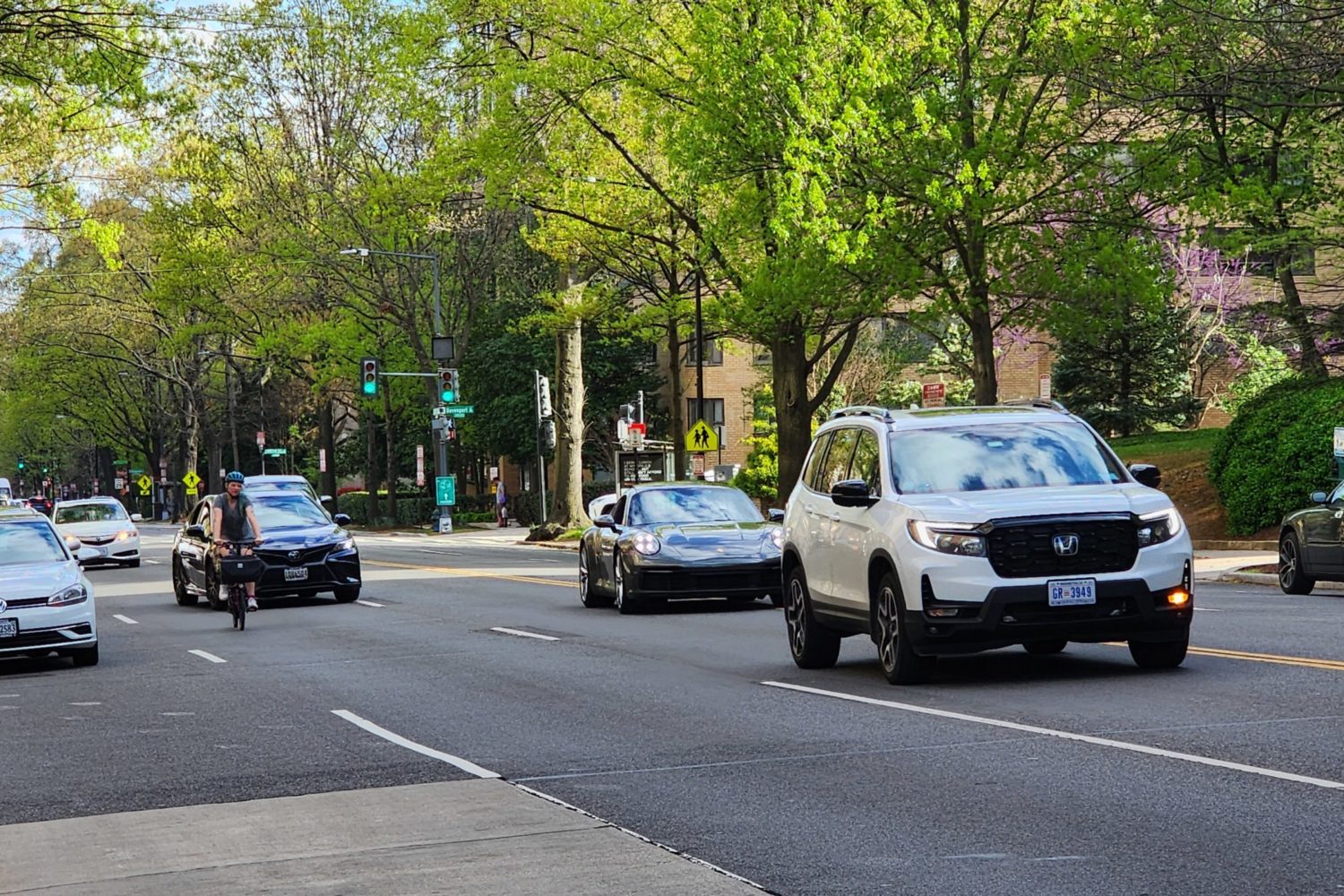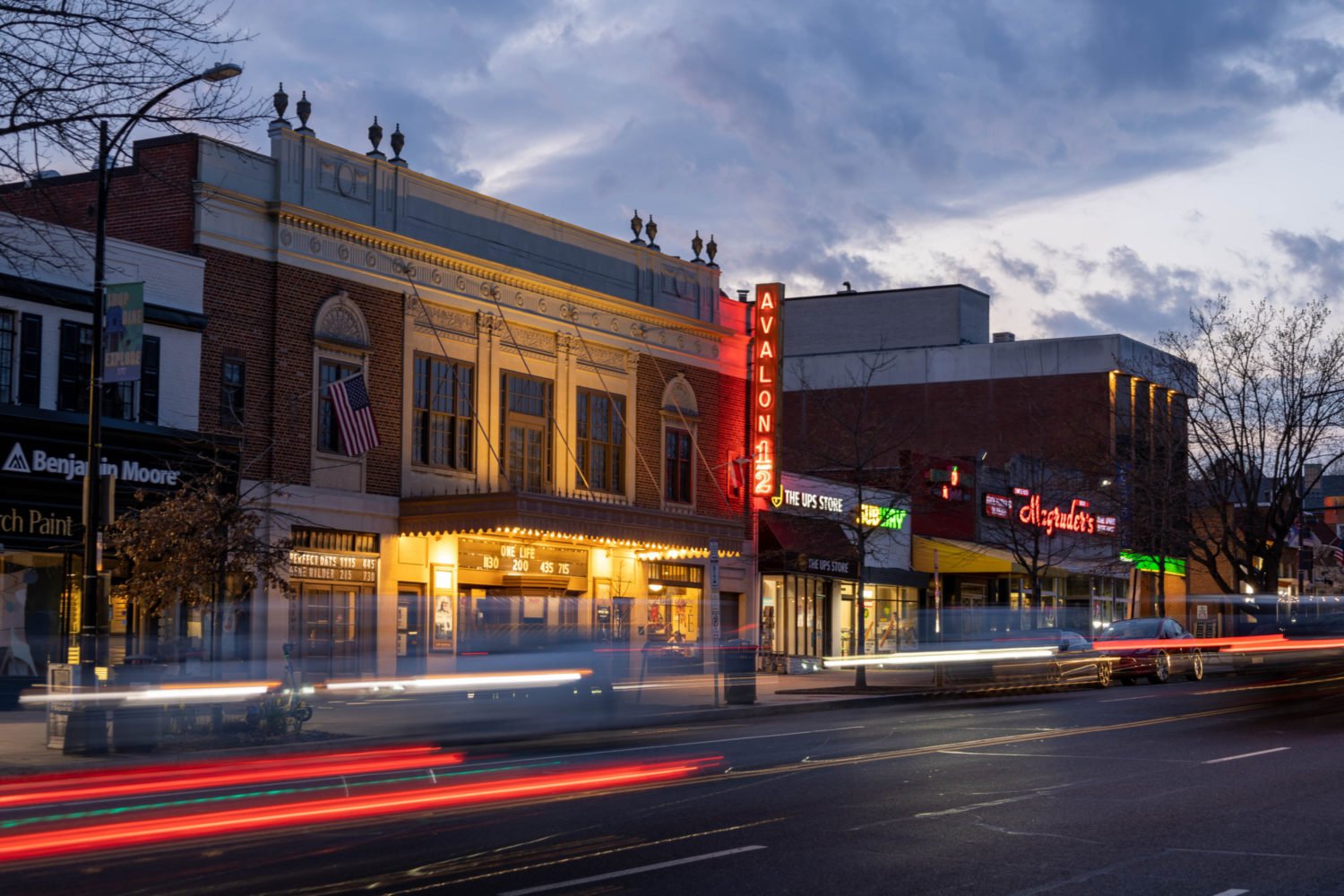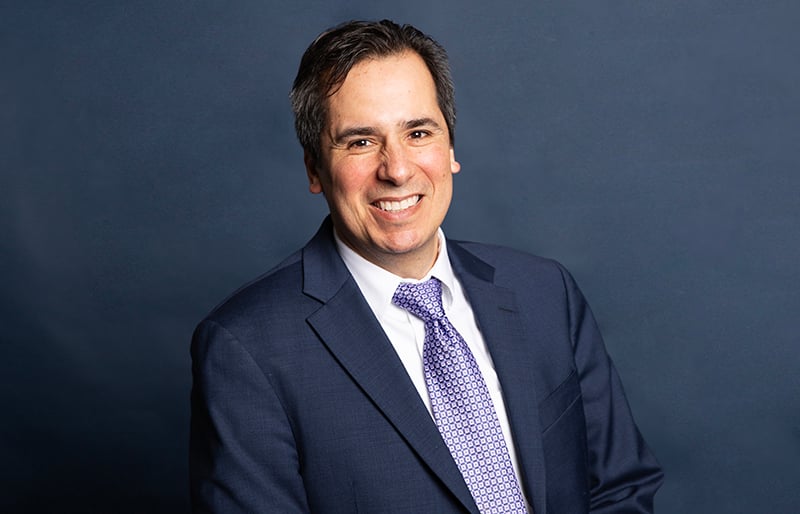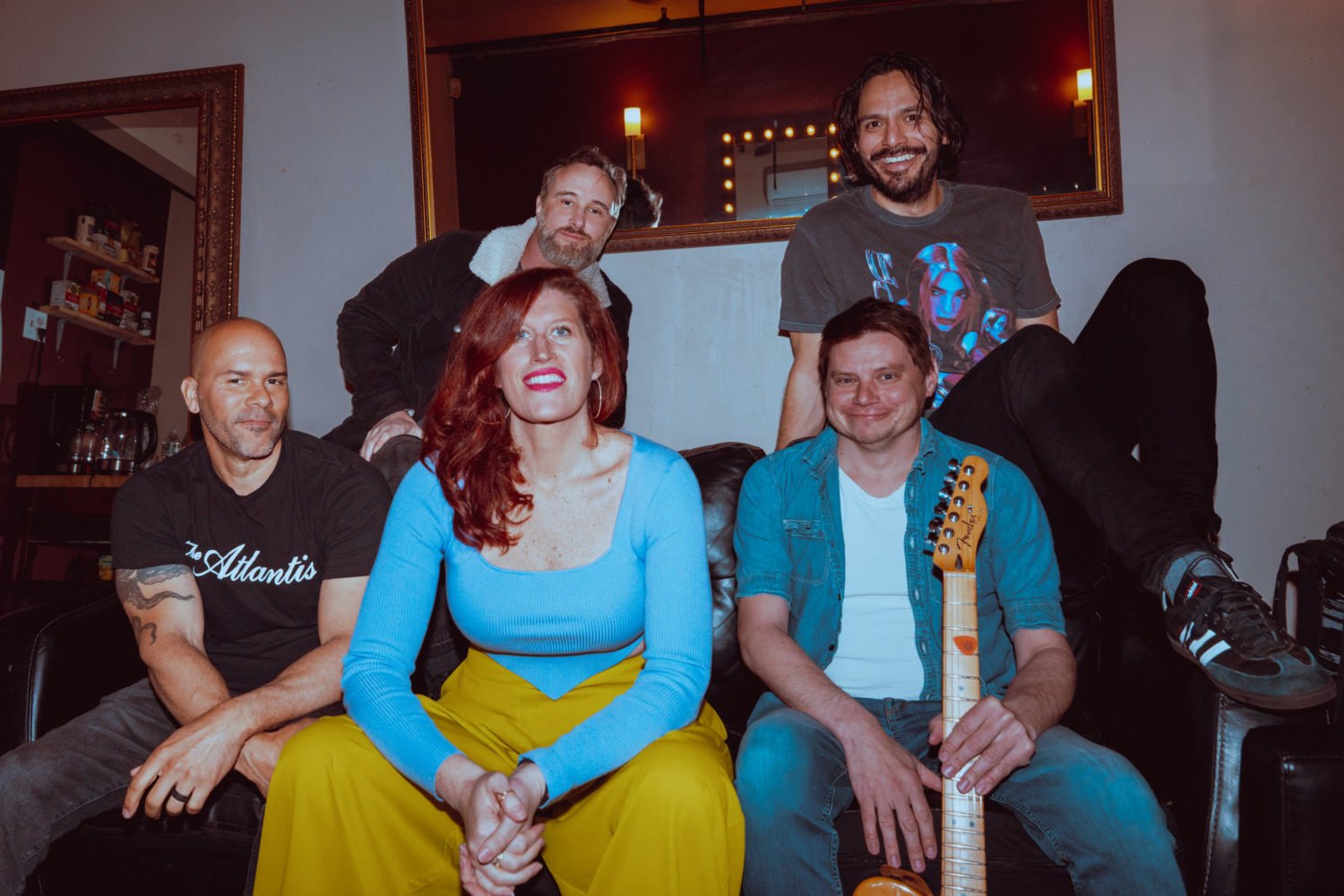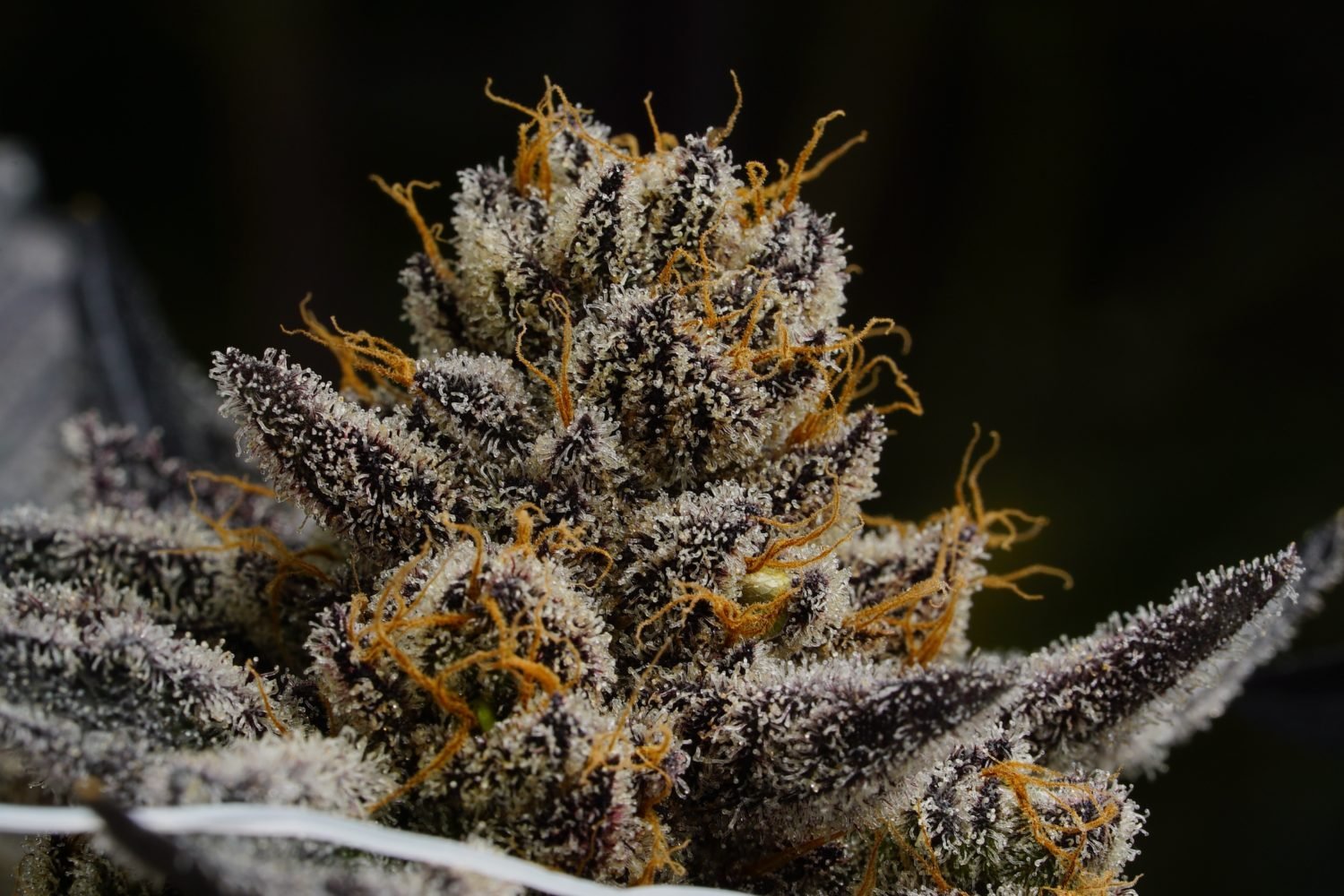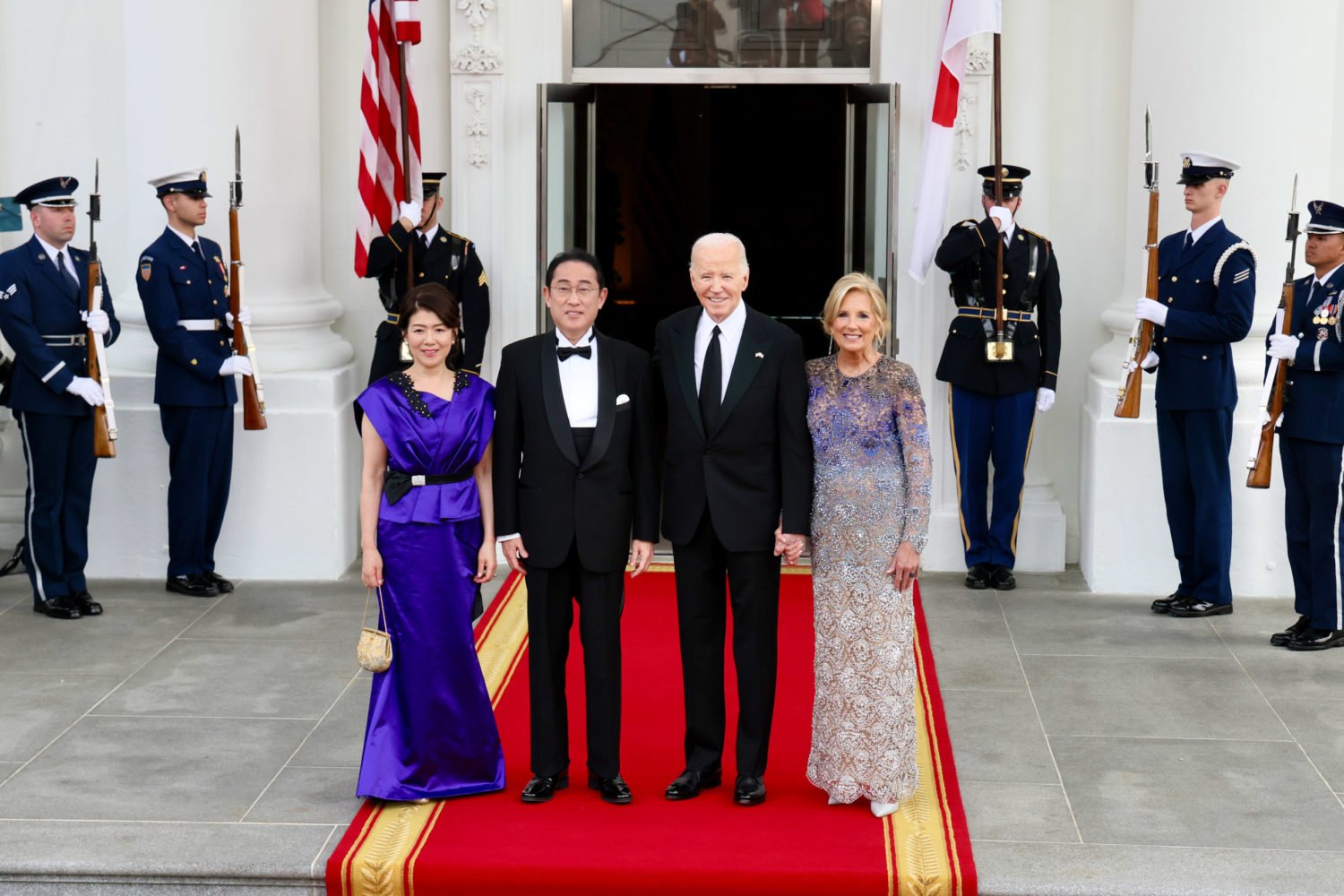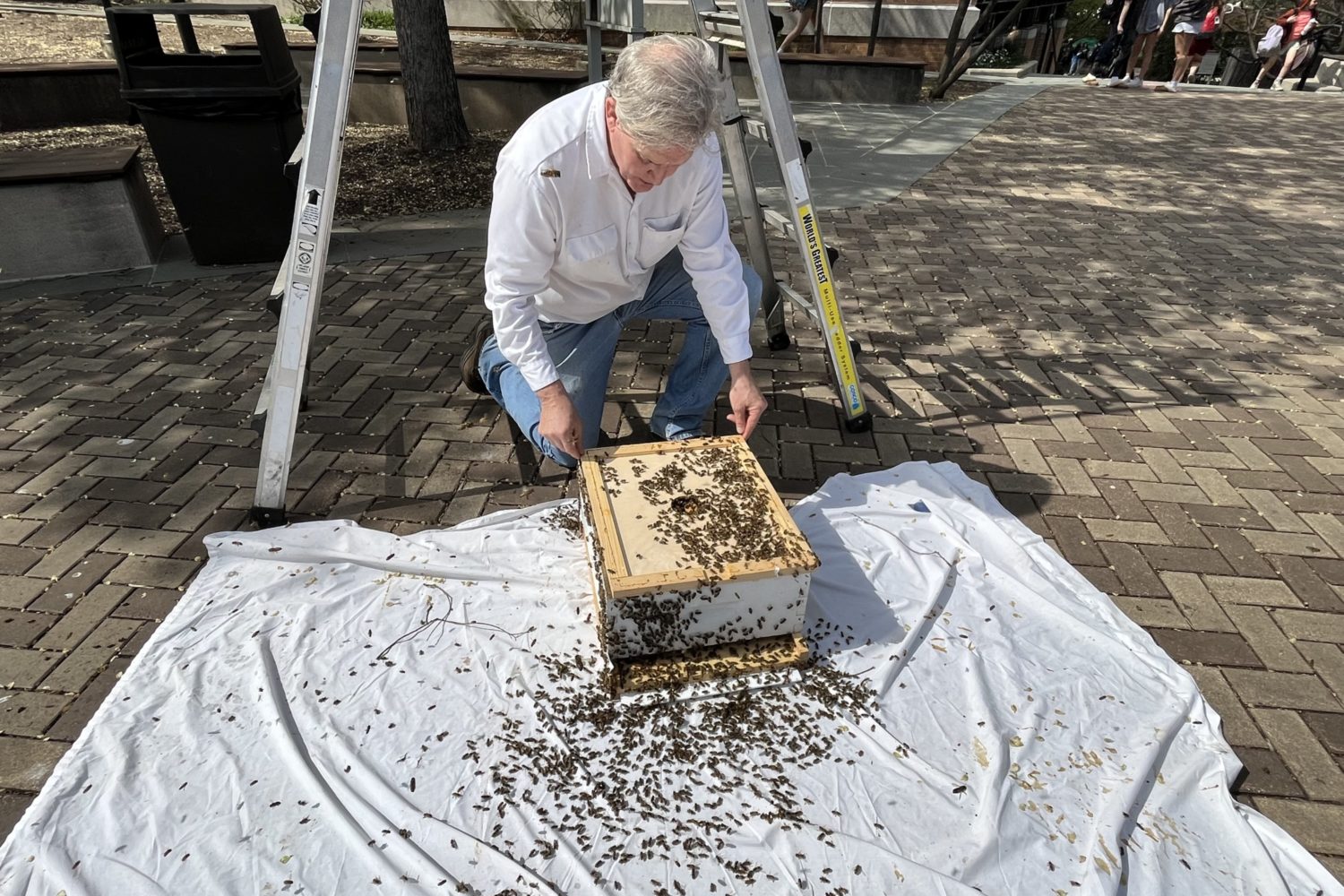
The party had just started. “How about a glass of Champagne?” my friend asked, pressing a glass of Iron Horse Brut from California’s Sonoma County into my hand. I accepted and enjoyed the apple and apricot flavors and the bubbles, all the while suppressing my inner wine geek and resisting the temptation to explain that the wine wasn’t really Champagne.
The word Champagne has become synonymous with bubbles in wine, much the way all photocopiers are Xerox machines.
Champagne lovers who extol the structure and “minerality” (currently the trendiest wine-geek word) of the French wine often crinkle their noses disdainfully at the ripe fruit flavors and rounder textures of California sparkling wine.
It’s time to recognize American sparkling wines for their own merits. Some do rival Champagne in their intensity, depth, and bubbles, though their flavors are different. Others more closely resemble Spanish Cava or Italian Prosecco, less pretentious sparkling wines from the Old World. But the best American bubbly defies easy classification.
Much American sparkling wine is produced using the Champagne method, in which the second fermentation—which yields the bubbles—takes place in the bottle. The wines are typically aged for three or four years before being disgorged, a process in which the yeast that produces the bubbles is forced out of the bottle and the wine is topped off and finished with a “dosage” of still wine and sometimes sugar.
French Champagne is made with three grapes—Chardonnay, Pinot Noir, and Pinot Meunier. American sparklers typically use the first two; not many wineries on this side of the Atlantic grow Pinot Meunier. Some producers finish their blends with other white grapes, such as Pinot Blanc or Pinot Gris, a practice forbidden in Champagne. You’ll find blanc de noirs and blanc de blancs—made from Pinot Noir and Chardonnay—as well as rosés blended from the two.
The main differences between Champagne and US sparkling wine come from the soil and the climate where the wines are made. California cannot match the structure and refinement that ancient chalk soils contribute to the best Champagnes. But Champagne can rarely equal the exuberant ripe fruit displayed by the best sparklers from California and other parts of the United States.
“People sometimes say, ‘Your wine is not real Champagne,’ ” says Eileen Crane, head winemaker at Domaine Carneros, a leading California sparkling producer owned by the Taittinger Champagne house. “And I reply, ‘Theirs isn’t real Carneros.’ ”
Crane uses only grapes from the Carneros region on the northern curve of San Francisco Bay, where the cooling maritime influence helps Chardonnay and Pinot Noir retain the acidity needed for sparkling wine. Her emphasis on the wine’s Carneros heritage serves as a reminder that these are wines first, bubbles second.
Like the Champagne region, Sonoma County’s Russian River Valley is known for its cool temperatures and outstanding Pinot Noir and Chardonnay. So it’s no surprise that the J Vineyards Russian River Valley Brut Rosé—a blend of those grapes—exhibits the same depth of flavors and bright fruit with the leaner texture of sparkling wine and an intensely focused bead of bubbles.
Just to the south, the Green Valley stretches along the Sonoma coast. “This is the coolest, foggiest part of the Russian River,” says Joy Sterling, whose family has been making sparkling wine at Iron Horse Vineyards since 1978. “We strive to make a wine that sends off memory bells that say ‘Champagne’ in quality, refinement, and elegance,” she says, “but with fruit that is unmistakably Sonoma County, Green Valley, and even more specifically Iron Horse.”
In Mendocino County, the French-owned Roederer Estate has been using Anderson Valley fruit to make sparkling wine for a quarter century. And Scharffenberger Cellars arguably produces America’s best-value sparkling wine at $20 a bottle.
Closer to home, Kluge Estate near Charlottesville is making a statement with sparkling wines grown and vinified on Carter’s Mountain, just over the crest from Monticello. The winery now makes four sparklers, two of which are distributed in the Washington area. (The others are sold only at the winery.) The just-released 2004 SP Blanc de Blancs ($30) is delicious Chardonnay with bright red-currant flavors and a long, stylish finish buttressed by fine bubbles.
If you open one of these estimable American bubblies this holiday season, try not to call it Champagne. Celebrate it for what it is—an American cousin of the French original—with a hearty “Vive la différence.”
Highly Recommended
Domaine Carneros Le Rêve Blanc de Blancs 2001, Carneros, $75
Domaine Carneros Brut Cuvée Sparkling Wine 2003, Carneros, $25
Iron Horse Classic Vintage Brut 2002, Green Valley, $31
Iron Horse Russian Cuvée, Green Valley, $31
J Vineyards and Winery Brut Rosé, Russian River Valley, $35
Kluge Estate SP Blanc de Blancs 2004, $30
Roederer Estate Brut Rosé NV, Anderson Valley, $27
Roederer Estate L’Ermitage 2000, Anderson Valley, $45
Scharffenberger Brut, Mendocino County, $19
Recommended
Domaine Carneros Brut Rosé Sparkling Wine, Carneros, $36
Handley Brut Rosé 2003, Anderson Valley, $36
Iron Horse Blanc de Blancs 2001, Green Valley, $37
Iron Horse Wedding Cuvée 2004, Green Valley, $37
Kluge Estate SP Rosé 2004, $38
Mumm Napa Reserve Brut, Napa Valley, $30
Piper Sonoma Brut, $17
Schramsberg Blanc de Blancs 2004, $32











